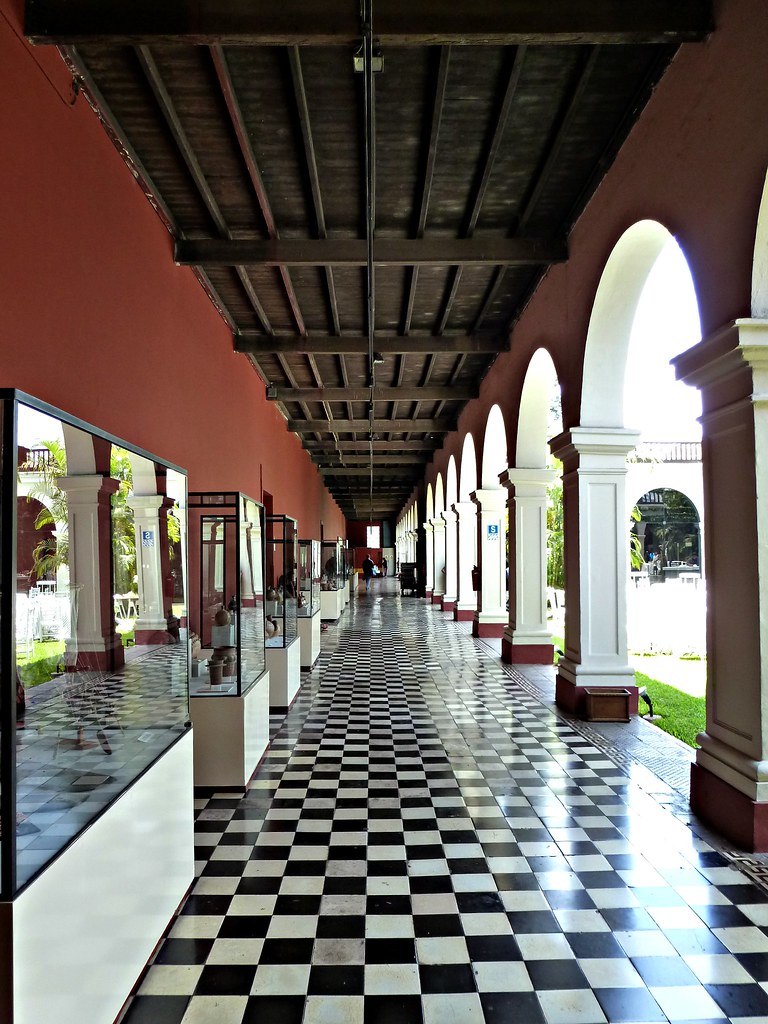Falling in love is the easy part. But when two people from opposite ends of the globe join their lives together, there are inevitably times when the infamous ‘clash of cultures’ raises its ugly head. There’s no sugar coating it. Sometimes intercultural marriage gets you bent out of shape. In my humble opinion, best chance of success: focus on what unites rather than on what divides you. Reach for the spaces in between.
It’s
probably no great surprise then if I say that I’m not a great fan of
nationalism. Sitting round numerous dinner tables on
nearly all the world's continents, it sometimes feels like I’ve had to listen to just about
every nationality declaim on just about every other nationality in any number of permutations.
What I like about Tello is that, although he undoubtedly had a strong
nationalist vision, he worked happily with, and had great respect for his
foreign counterparts. He was an Indian from the rural highlands who was at the
same time an internationalist. In short he was comfortable with his place in
the world. I think he had found his space in between.
That said, both Tello and tio Hernan were active participants
in the indigenous movement
which had begun to develop in Lima's intellectual circles in the opening decades
of the twentieth century.
It’s
worth bearing in mind that this is a time when congress still debated the ‘Indian
problem’, with proposals such as the prohibition of reproduction by Indians and
the importation of superior races from Western Europe seriously considered as viable
solutions.
Tello was one of the first social
scientists to rigorously confront the idea that Peru’s indigenous cultures were inferior
to those of the Spanish conquistadores.
All in good humour
In which our archaeologist indulges in a bit of good natured Hispanism vs Indigenism banter.
When
the XXVII Congress of Americanists was held in Lima, Tello would recount to us
each day on returning to the museum everything about the day’s happenings at
the Congress. One day he couldn’t stop laughing. As the delegates were leaving
they had seen a notice pinned up near the exit.
‘Would the brachycephologist who mistakenly took a hat similar to his,
please return said hat as soon as possible to the dolicocefalogist,’ signed
Posnanski.
“That Posnanski,” said the archaeologist. “He’s always been a bit of a joker. Years ago we traveled together. I told him I didn’t think he had a drop of Polish blood in his veins. We shared a room together and he slept like the rest of us, just like a good ‘serrano’.”
“And
how does a ‘serrano’ sleep, doctor?” asked Tello’s assistant Rebeca Carrín
Cachot.
“Curled
up like a dog,” he replied. “I used to wake up before him, and the first
morning I thought he had already left, because the pillow was empty; there was
no sign of him. He used to sleep totally curled up in the covers and hidden
away right down in the centre of the bed.”
 |
| Arthur Posnanski photo - Los Annunaki y los secretos del lago Titicaca - Alan Brain |
Every time the two scholars met, it was
inevitable that the conversation would eventually veer off from strictly
academic projects. They enjoyed the banter, and they were well matched. The
Tiahuanaco expert was very witty, as was Tello.
 |
| head by Luis Ccosi Salas yinyangperu |
On one occasion, when Porras barrenechea was visiting, we had acquired some pieces by the indigenous sculptor Luis Ccosi Salas. Tello showed them to him, taking pains to point out the positive artistic features of the Indian's work.
 |
| Machu Picchu - Luis Ccosi Salas en son de luz |
 |
| photo - Siabala, Luis |
He turned to look at the courtyard’s arched colonnade and nodding towards it said to Tello, “And, now answer me this. What about these arches under which all your exhibits take shelter. Are they or are they not Spanish?”
There was no answer to that.
 |
| Luis Ccosi Salas yinyangperu |
*Luis Lumbreras Tello y su tiempo as cited in Burger p.68

No comments :
Post a Comment